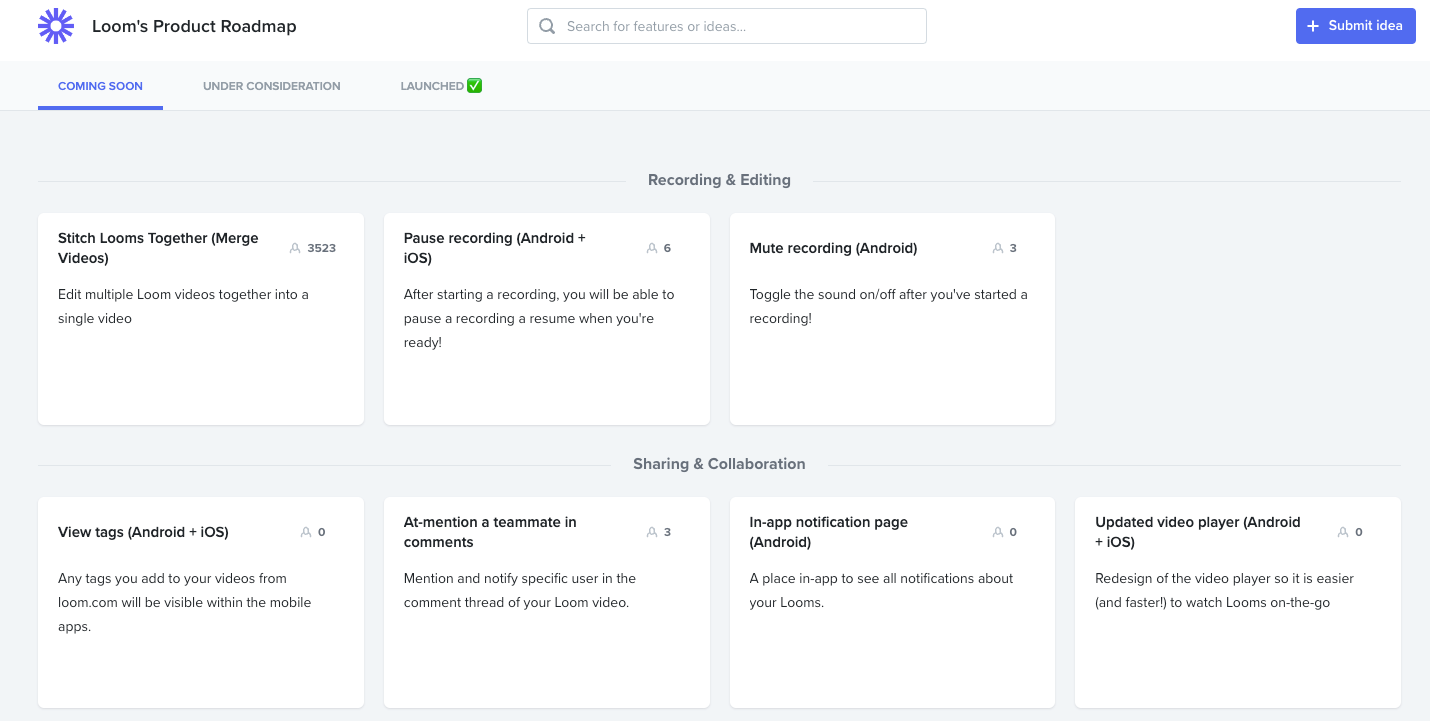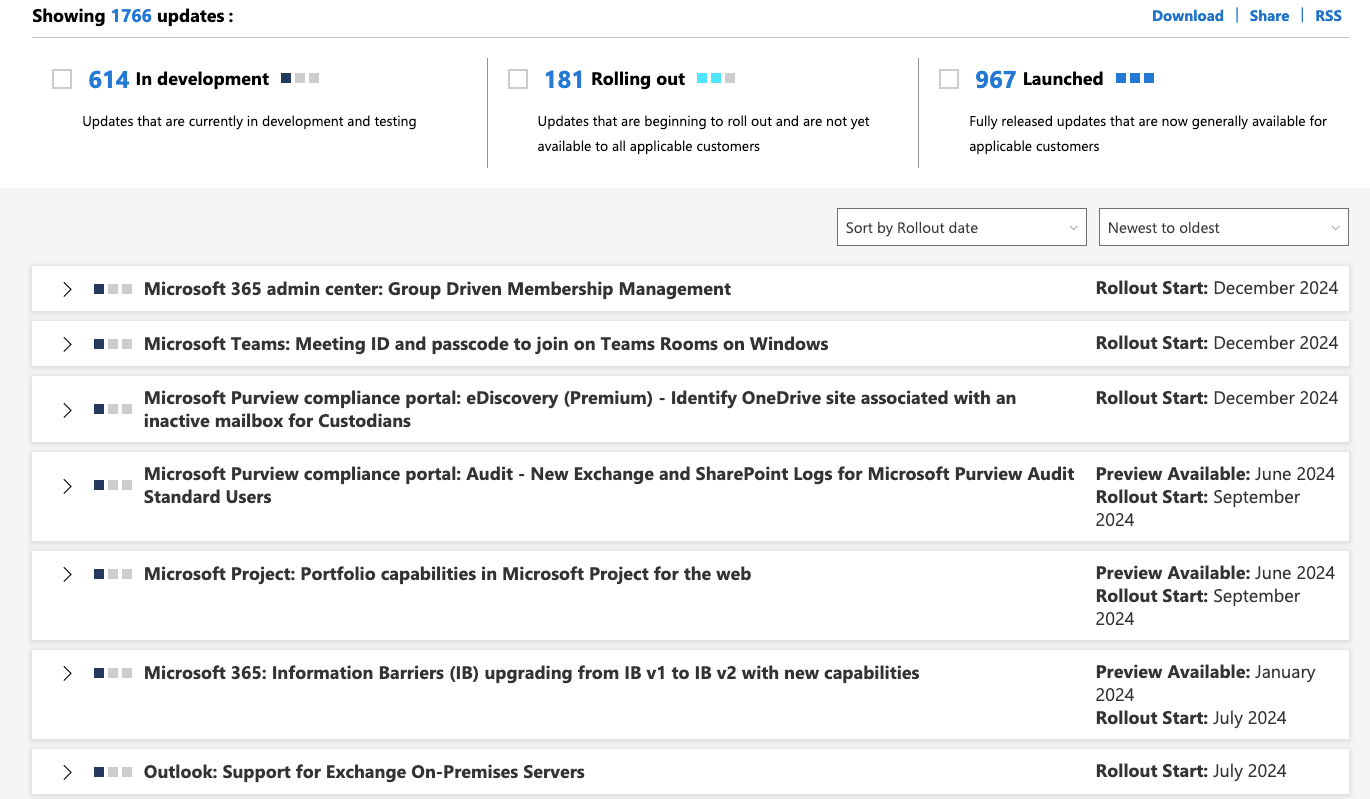Everything You Need to Know About Product Roadmaps — Part 2
10 roadmap tools, 11 SaaS roadmaps, 5 types of roadmaps explained, and 1 true story from my experience.
Welcome to the second part of this roadmap guide. Talking about roadmaps can be extensive, but crucial for understanding how to effectively navigate complex projects and goals. In this segment, we'll delve deeper into the key components that make a roadmap truly functional and impactful.
Check it out in case you missed it👇
Everything You Need to Know About Product Roadmaps — Part 1
Have you ever taken a cross-country road trip? Picture yourself planning a trip. You have a starting point, your destination, and several checkpoints in between. These checkpoints you had pinpointed are those must-visit places on your map and you keep track of all the turns you need to make.
Why so many types of product roadmaps?
Yes, there are many types of roadmaps out there! This is because they all need to be adapted/adjusted to the audience needs. These differing roadmaps exist to encapsulate and communicate the company's vision, strategy, and progress across various fronts effectively.
The level of detail in a roadmap can range from broad overviews of major milestones to detailed plans with specific features and timelines, depending on the user and purpose. Strategic roadmaps focus on long-term goals and vision, while tactical ones detail short-term actions and plans.
The type and complexity of a project also dictate the roadmap's structure. Developing software is not the same as manufacturing hardware. In dynamic industries, roadmaps need flexibility and adaptability, leading to lean or agile formats that can respond to changing market conditions.
Each roadmap plays a crucial role in articulating the direction and priorities across different domains, from product development to technology use and marketing strategy. Let’s see some examples 👇
Visionary/Strategic Roadmap
Purpose: To translate the company’s strategic goals into actionable plans.
Elements: Strategic goals, initiatives, and key performance indicators (KPIs), and broad timelines.
Creator: Typically formulated by executive leadership or strategic planners.
Audience: Usually internal stakeholders, investors, or board members.
Features Roadmap
Purpose: To communicate when features will be released.
Elements: Includes features, release dates, and feature descriptions and goals.
Creator: Generally the domain of product managers, with input from developers and other product team members.
Audience: Primarily intended for internal teams such as development, sales, and marketing. In some cases, information may be shared with customers.
Release Roadmap/Release Plan
Purpose: To plan out the product's release schedule.
Elements: Includes release dates, specific features/improvements to be released, and the responsible teams or individuals.
Creator: Usually created by product managers or project managers in cooperation with the development team.
Audience: Used chiefly by internal teams (e.g., development, operations, sales, customer support) to plan their activities.
Technology/IT Roadmap
Purpose: To help plan and coordinate technology improvements and IT infrastructure developments.
Elements: Includes hardware and software improvements, infrastructure changes, and significant IT projects.
Creator: Mostly created by the IT lead or CTO in partnership with other IT team members.
Audience: Primarily seen by the internal team, like the IT team and management.
Marketing Roadmap
Purpose: To align marketing initiatives with product developments and business strategies.
Elements: Includes marketing initiatives, campaigns, goals, and specific marketing activities.
Creator: Usually created by marketing managers or the CMO with input from the marketing team.
Audience: Mostly for the internal marketing team and stakeholders, but can also be shared across departments that coordinate with marketing.
Remember, these roles, responsibilities, and audience groups may vary based on a company's size, industry, and structural organization.
10 Tools to help you create your roadmap
Trello: Great for creating a simple product roadmap on a budget, especially considering it utilizes a classic board layout suited for roadmap visualization.
Excel / Google Sheets / Airtable: Spreadsheet software like these are quite versatile for generating and updating your product roadmap, providing a flexible grid format that you can customize to suit your needs.
Aha!: An all-in-one product management tool that offers excellent roadmap functionality. If you need a comprehensive, feature-rich tool to manage every aspect of your product lifecycle, Aha! is worth checking out.
ProductPlan: Specifically designed for roadmapping, making it a breeze to create, communicate, and update your product strategies. It's ideal for those who want a dedicated, user-friendly roadmapping tool with elegant visuals.
ProdPad: Focuses on capturing and organizing product ideas, customer feedback, and business objectives. This tool is a great fit for teams that are looking for a balance between a simple roadmap and a comprehensive product management system.
Roadmunk: A flexible and straightforward roadmapping tool with customizable templates, timeframes, and views. If you're after something that can adapt to different audience types—like stakeholders, team members, and customers—Roadmunk is a fabulous option.
Asana: Versatile project management tool that can also function as a roadmap tool. If your team is already using Asana, consider leveraging its Timeline and Board views to build a custom roadmap, and enjoy seamless integration with your existing project ecosystem.
ClickUp: Another comprehensive project management and collaboration tool that offers roadmapping capabilities. You can benefit from its numerous views and features to manage your entire product lifecycle, from ideation to tracking progress.
Casual.PM: Designed for teams looking for an easy, visual way to plan projects—it even looks like a flowchart! It's excellent if you want a simple, unconventional roadmapping tool that focuses on visual communication and connects tasks to show the big picture.
Canny.io: Is a customer feedback and product management platform that allows businesses and product teams to collect and prioritize customer feedback, track feature requests, and engage with their user community. It is very simple to use, and many companies public their roadmaps available to their communities here!
*This content is not being sponsored by any of the brands mentioned in this article.
11 SaaS Public Roadmaps
These SaaS public roadmaps are constantly collecting feedback from their users. Having their product roadmaps in public fosters transparency and collaboration with their users. Check them out!
Buffer’s Public Roadmap
Front’s Public Roadmap
GitHub’s Public Roadmap
Lasso’s Public Roadmap
Trello’s Public Roadmap
Loom’s Public Roadmap
Neurosity’s Public Roadmap
ClickUp’s Public Roadmap
Microsoft’s 365 Public Roadmap
Airtable’s Public Roadmap
Atlassian’s Public Roadmap
True Roadmapping Story
In all of my whole career, I have had the necessity of doing different types of roadmaps. Adjust them to the necessities of my audience (considering roles and departments!), the type of the project, the size of the company, and any other factor that may help everybody visualize the same picture I’m projecting.
A couple of months ago, I was working on a MVP for customs brokerage client. One of my key stakeholders decided to bring up a project manager into their team. His argument was that as he was flooded with thousands of things, this person was going to “keep him informed” and just making sure everything was going in “the right direction.”
Unfortunately, this person didn’t quite understand what a product roadmap was. The first time I showed up my first draft, he was delighted to “see something”, yet that didn’t make him feel confident of the development progress.
Even though my roadmap was highlighting important events and the reason why we were building this, I knew he needed to see the how more specifically. He’s been a project manager his whole career and my roadmap was something new for him.
As a product manager, I knew my team and I were crafting this up in the right direction meeting all expectations. However, I felt inclined to make this person understand the whole picture. At the end, PMs are facilitators and communicators, if I had to change the message of my speech and adjust the roadmap, so be it.
By the next time we met, I presented a different version of my draft. Basically I duplicated everything in Miro and started to include a timeline (project managers feel very attracted to this) in which I specifically was showing to him the work for each sprint. Apart from that, I included I included a resource allocation and risk management section.
We were experiencing changes in the development team so showing that to him made him feel safe and secure about our process. Not only that, but the interaction with me changed, I noticed he asked less questions and he felt confident “leaving everything in my hands.”
It costed me less than 2 hours of work to convince someone we were succeeding and gained his respect and trust, by adjusting my message to the audience. The little things like these makes this job so exciting.
Wrapping Up
I hope this list helps you find the perfect companion for your product roadmapping adventures! There's a whole world of tools out there, so don't hesitate to explore and find the one that matches your unique needs, workflow, company, audience, and more. Remember, there’s no best or perfect roadmap.
The roadmap that works for you is the one that empowers you and your team to bring your product vision to life 🌟🚀
I also hope that my story resonates with you and help you change your message and communicate better. There will always be challenges but how creatively you resolve them is what adds more excitement to this job.
Do you have experience using any of these tools, doing a certain type of roadmap or a different roadmap story? I'd love to hear about your finds and tips!




















A very complete post! Thank you very much for sharing public roadmaps.
This is a super useful guide! I've seen a lot of discussion among MKT, PMs, and Agile people on this topic. The thing is, Roadmaps should be a tool for strategic work and they need to be tailored to the teams to help those audiences move toward a set of goals, not just a "standard" Gantt chart.
Thanks for sharing your experience!